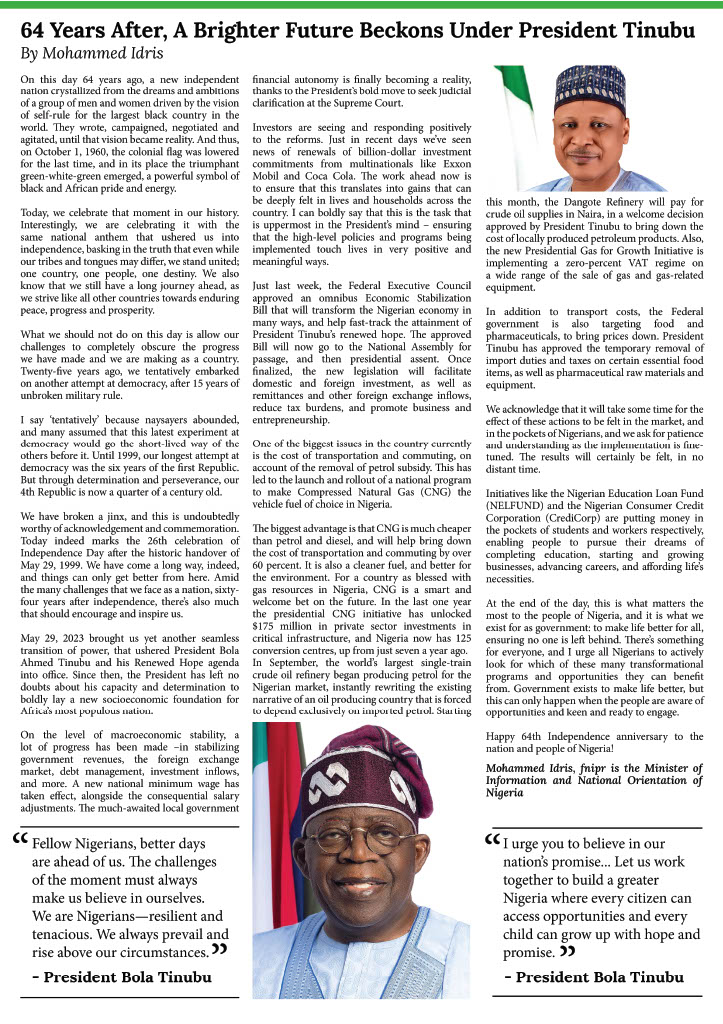Egypt’s smartphone market grew 2.2% quarter on quarter (QoQ) in Q2 2020 to total 2.88 million units, according to the latest research conducted by International Data Corporation (IDC). While most markets in the Middle East and Africa suffered declines during the quarter, the pandemic did not hurt smartphone sales in Egypt as badly as expected.
This growth was spurred by vendors focusing on pushing affordable phones into the market, while vendors also accelerated their shipments before new import taxes were introduced at the end of June.
Samsung was the market leader in Q2 2020 with 23.8% unit share, followed by Oppo in second place and Xiaomi in third.
In terms of price bands, the quarter saw a remarkable shift to the ultra-low-end, with devices priced below $100 growing their share of the market to 30.5%. In terms of screen size, the 6.5–7.0” band gained 12.4 percentage points QoQ to account for 45.4% unit share.
“While COVID-19 did not halt demand for smartphones in Egypt, it certainly led to a change in market dynamics on both the supply and demand sides,” says Taher Abdel Hameed, a senior research analyst at IDC. “The price band and screen size trends indicate that consumers were opting for more affordable phones due to tighter budgets, while vendors supplied affordable models with higher specs to cope with challenging sales conditions during the pandemic.”
Looking at 2020 as a whole, IDC forecasts smartphone shipments to Egypt to increase 2.9% year on year. “Consumer demand continues to be resilient in the second half of 2020 despite certain inhibitors at play in the market,” says Yavuz.
“The new taxes on mobile phones, exchange-rate fluctuations, and a general decline in the economy due to COVID-19 will definitely have an impact, but the Egypt smartphone market remains dynamic. Global vendors are focused on the country and marketing spend is expected to continue, which will help the market overcome the barriers.”










